How to Develop a Custom Point of Sale (POS) Software: Solutions, Features, and Cost
Point of sale software is someting that’s integral to modern retail. Learn how to build POS software of your own and make your business more efficient and convenient to both your staff and customers.
What is the point of sale software?
Let’s start our conversation with the decoding of the abbreviation POS. What does this mean? So, POS stands for “Point of Sale” or “Point of Service”. More specifically, it is a complete set of hardware and software, the task of which is to automate sales and service processes.
POS solutions are aimed at simplifying the work of service personnel (and, accordingly, speeding it up). In one word, employees of a store, restaurant, or other similar institution use these systems to ensure that everything is always at hand, which means that they can perform their duties quickly, efficiently, and competently.
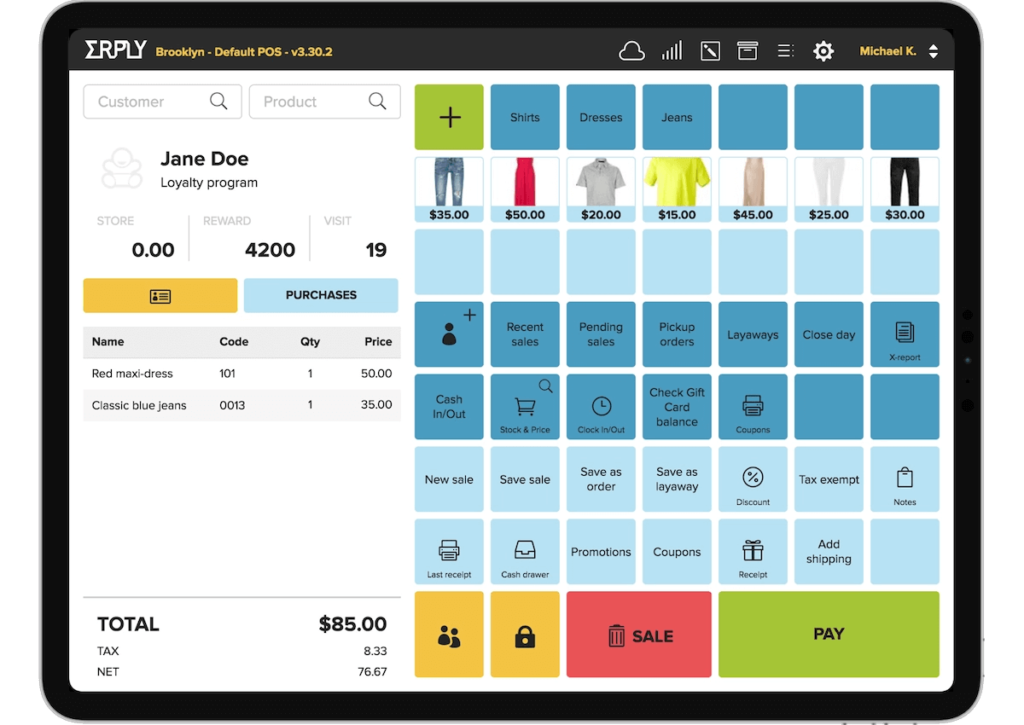
It’s rare these days to see a retailer that works without a POS. While some retailers choose third-party solutions, some companies develop their own point-of-sale systems using retail software development services.
How does POS work
If you are looking to build your own point-of-sale solution, you may know that the answer is going to be extremely business-specific. Here’s just an example of a basic interaction: the customer pays at the checkout. The cashier names the items by scanning them with a barcode. Then they then select a payment method, complete the sale, and print or email the receipt.
What goes on behind the scenes is a different story. Once an item is scanned, it is deducted from inventory and included in reports such as sales by item/department/tender. It also reports any customer related to an order or any discount. Finally, the sales data goes into the X and Z reports, shift summary, transaction report, and analytics dashboard.
In the old days, when data didn’t magically leave the cash register, merchants had to spend days developing a successful business strategy. Now they have ideas at their fingertips and at the touch of a button.
Basic features in a Point of Sale software
In order to create a unique and highly efficient point of sale system, it is necessary to integrate a number of advanced features into the software, these can be:
Integration
A POS system needs a configuration that easily integrates with other modules such as accounting, inventory management, attendance, loyalty cards, gift cards, etc. A well-integrated system leaves less room for errors and inconsistencies since data is transferred manually from one system to another.
Employee Management
This feature helps to manage employees as they come and go from their shifts. At the same time, it helps to manage employee schedules and payroll.
Inventory Management
Every business faces the challenge of running out of inventory. However, this problem can be easily solved by managing the amount of stock on site. Inventory management allows you to always have access to stocks. Approximately 82 percent of POS shoppers request accurate inventory, so having this feature in place is quite beneficial for your business.
Customer Management
This feature helps to identify and actively increase the total number of high-grade consumers. This allows you to collect data about your most valuable customers based on their spending.
Sales Reporting
With this feature, you can keep track of the number of items sold and also display the amount of revenue that the business is making from each item. Once a business becomes aware of the products that bring in the most money, it becomes easier to prioritize time and effort. Research shows that 49% of single-store retailers need sales reporting and data analytics capabilities, but 51% of retailers don’t have a POS system.
Accessibility
When the POS software has access to mobile devices and tablets, it becomes easier to manage things seamlessly even if they are not in the physical store. You can access your POS system remotely from any location.
Streamlined Purchases
This functionality is important for businesses of any size and is essential in any industry. The means by which a company obtains goods and services have a significant impact on the overall success, costs, and profits of the business.
Customer Relation Management
The CRM functionality is useful for maintaining loyal customer profiles and helps companies know all the details, such as when the customer made the last purchase, or when the customer was originally added to the system, or what their total number of purchases is. This makes it easier for companies to improve customer experience on a personal level.
Stock Management
Integrating your POS system with this functionality will help you manage wholesales, find top sellers, set up order triggers to boost sales, and scan products from anywhere. This feature allows the business to reduce the time it takes to manually order and calculate the supply level.
Security
The POS systems used by businesses are compliant with the Payment Card Industry Data Security Standard (PCI DSS). In this way, protecting the integrity of sensitive and sensitive customer data such as CC numbers and phone numbers becomes easier.
Reporting
With proper reporting, you can stay on top of what’s going on in every business department. It helps to identify trends, and find bottlenecks and opportunities for growth. With comprehensive analytics, you can view inventory to view sales at the SKU level.
Advanced Billing System
The POS software requires a billing system that allows invoices and invoices to be printed seamlessly.
Content Management System
In POS software, content management refers to the ability of the point of sale software to add columns and fields related to the type of business.
Loyalty Programs & Discounts
Integrating a POS software solution with loyalty programs enhances the customer experience. Based on past purchases, POS allocates unique coupons and discounts for customers, and in this way, they become regular customers. Thus, businesses also get more loyal customers.
Barcode Scanner
This feature eliminates the need for you or staff to manually enter a barcode or search for items manually. They can just use the barcode to speed up the process. There are many POS systems that even automatically generate a barcode.
Credit Card Reader
A credit card or card reader can come in handy for business, as many people don’t carry cash around on a regular basis. Have a reader of sorts that can even accept mobile payments like Apple Pay/EMV payments as people generally love to use these payment methods these days.
Cloud Integration
Quite often, local point of sale software can be clunky and confusing, however with cloud integration it becomes easier to customize a simple POS layout to your liking.
POS System Technology
After you have decided to create your own POS system, let’s talk about technology. From a technical implementation point of view, POS systems fall into the following four categories.
On-premise POS systems
Traditionally, all POS systems have been on-premises. You’ll still see bulky desktop computers in stores or large touch screens in restaurants. Before the advent of the cloud, all software and data were hosted on a local server at the premises of the enterprise.
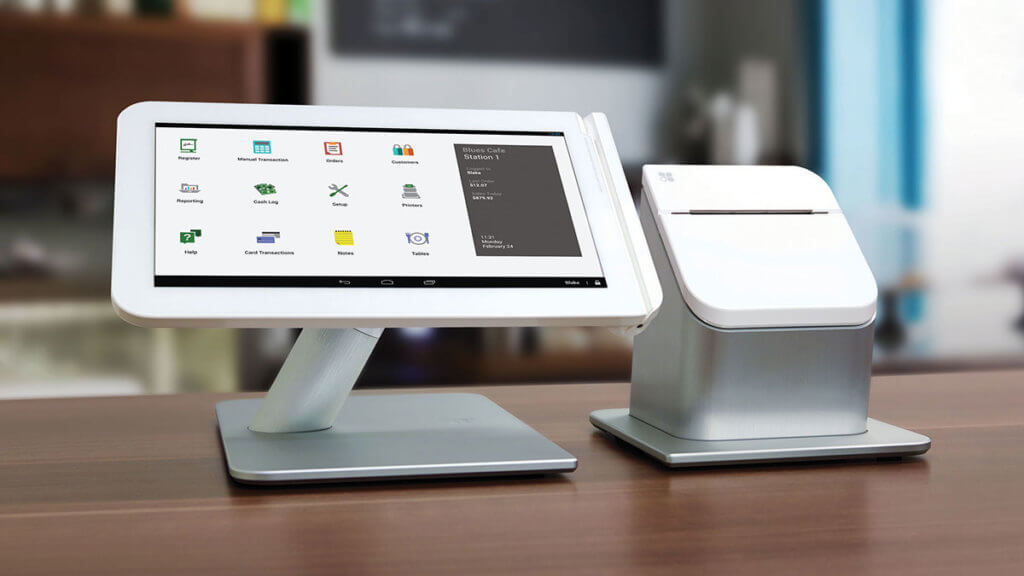
It was convenient to have everything in one place in case of a bad connection, but inconvenient if you want to view reports, make changes, or remotely control the backend. Other disadvantages were high upfront costs, additional fees for system upgrades, and subsequent support and maintenance.
Cloud-based POS solutions
Unlike legacy POS terminals, cloud POS solutions use an external server for data storage and are more secure and reliable. Most of today’s POS systems are cloud-based. These systems are ideal for small businesses with multiple locations.
- Accessible. All rich functionality is provided on a subscription basis, and you do not need to pay a large amount for a ready-made on-premises solution.
- Accessible from anywhere in the world Remote access from any device with an Internet connection.
- Good value. New features and updates are available free of charge to subscribers.
- Modern. Integrates easily with other standard software.
- The best support. 24/7 cloud and SaaS support.
One of the downsides of being 100% cloud-based is the lack of offline mode. If your internet connection is unstable, you may need mashup software.
Mobile POS (mPOS) systems
Mobile POS systems are also based on the cloud. The difference is that they are “mobile-ready,” which means they include any portable device — iPod, tablet, smartphone — to help retailers and restaurants increase employee presence on the sales floor.
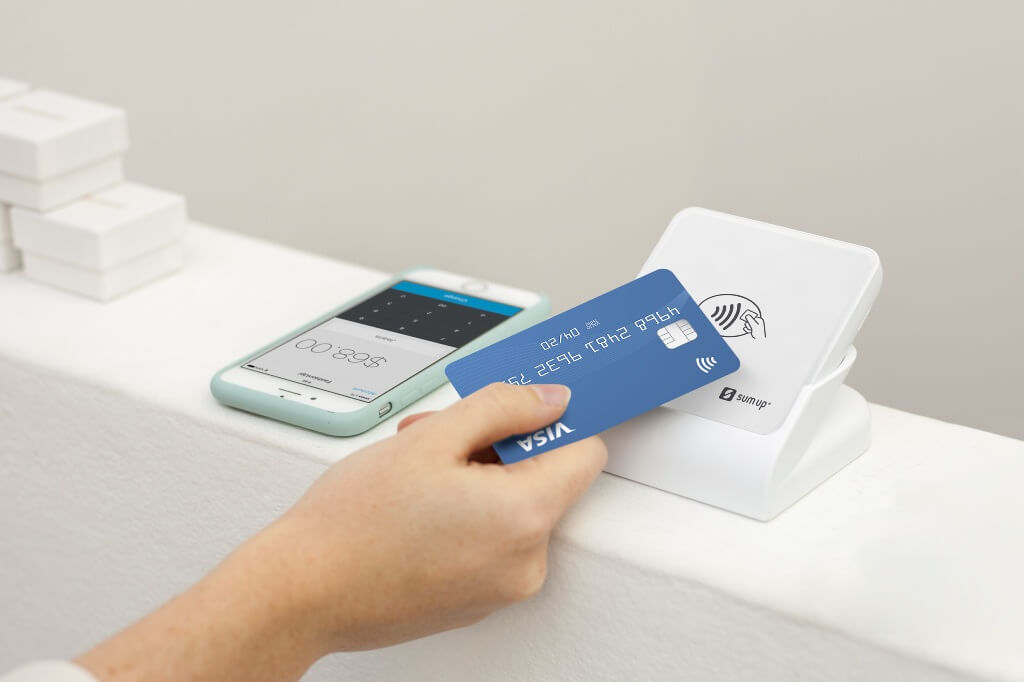
Retailers use mPOS to bypass lines, and restaurant staff to make reservations and pay. They are also handy for selling events (markets, festivals) and food trucks. The beauty of point-of-sale applications lies in their high mobility and highly reliable hardware.
Self-service kiosks
You may have used one of these when ordering movie tickets, choosing food from an online menu at a self-service restaurant, or at a department store self-service checkout. SMEs benefit both in terms of cost and efficiency through reduced staffing and reduced waiting times.
The pricing model for POS system
In the case of a POS terminal system, there are two main criteria for purchasing, such as:
One-Time Full Payment
This payment method is not used as often as in this case, the business has to pay a huge amount up front and the costs involved are much higher. However, this method of purchase is quite profitable and useful in the long run.
Pay Per Month
Even though it is quite popular and fashionable, you will have to pay more for this model in the long run. There are essentially two options: 1) pay per use and 2) pay per registration. Here the actual costs are determined by the combination of characteristics and stores.
In addition, there may be additional costs in the form of:
- Payment for integration of additional functions.
- The cost of hardware/software may vary depending on the organization.
- Base price may vary from vendor to vendor for customer service. However, there are a few companies that may not even charge anything for free training or online chat.
Examples of POS software and hardware solutions
Making a decision on how to build your own POS software is not possible without first studying the market. Here are five of the best POS systems.
Toast POS
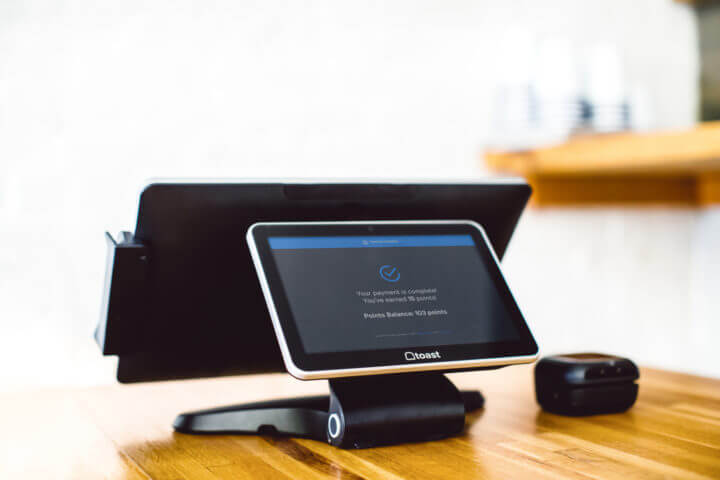
Toast POS platform developers decided to create a POS program for American restaurateurs. This helps to reduce operating costs, improve staff efficiency and improve customer service. The software includes an android application. If you want to create a Toast-like POS system, check out the features below.
Vend
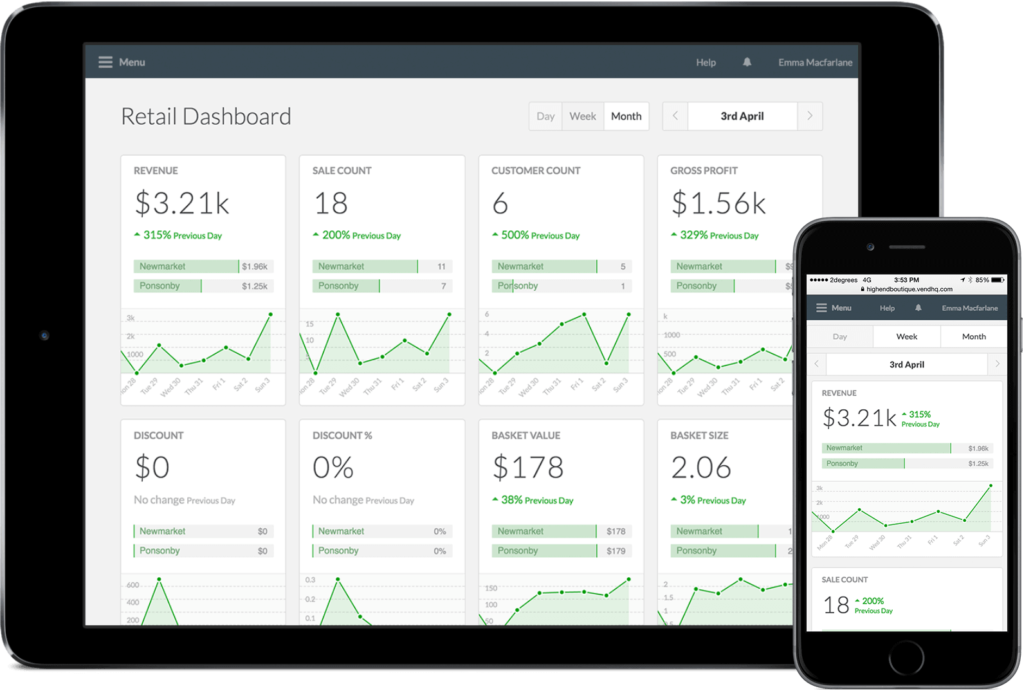
Vend is an iPad point of sale solution for retailers. It helps in inventory, sales, and customer management. With a customizable interface and two input methods, the platform caters to both online and offline merchants through integration with WooCommerce and social media channels. Create a retail POS system with the following features.
TouchBistro
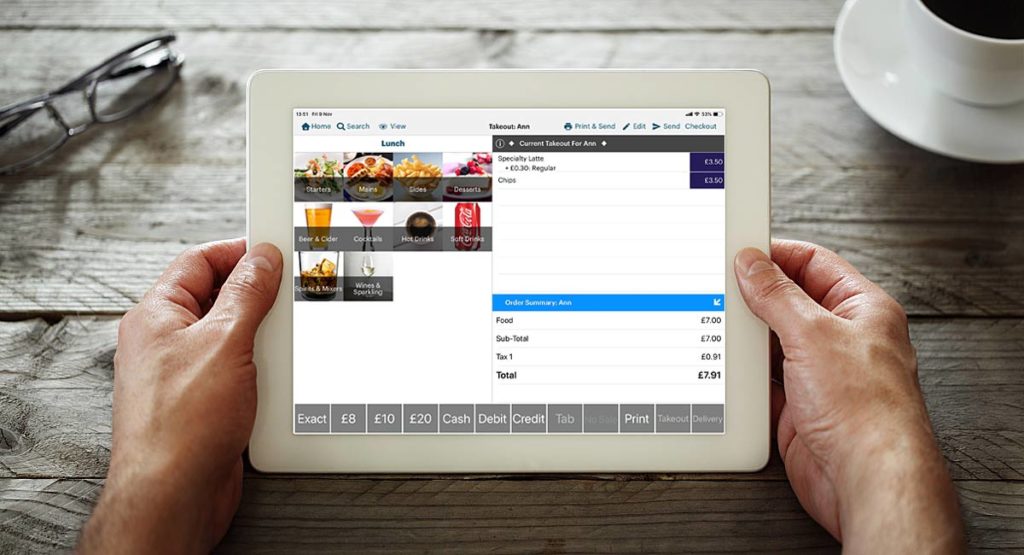
The creators of TouchBistro decided to develop a POS program for catering establishments of all kinds. This allows you to provide catering services through a cloud solution for iOS. Developed by subject matter experts, it helps to combine multiple processes, e.g. time – take orders, plan seating and change rooms for events. Features to consider when creating a restaurant POS system.
Cybersys POS
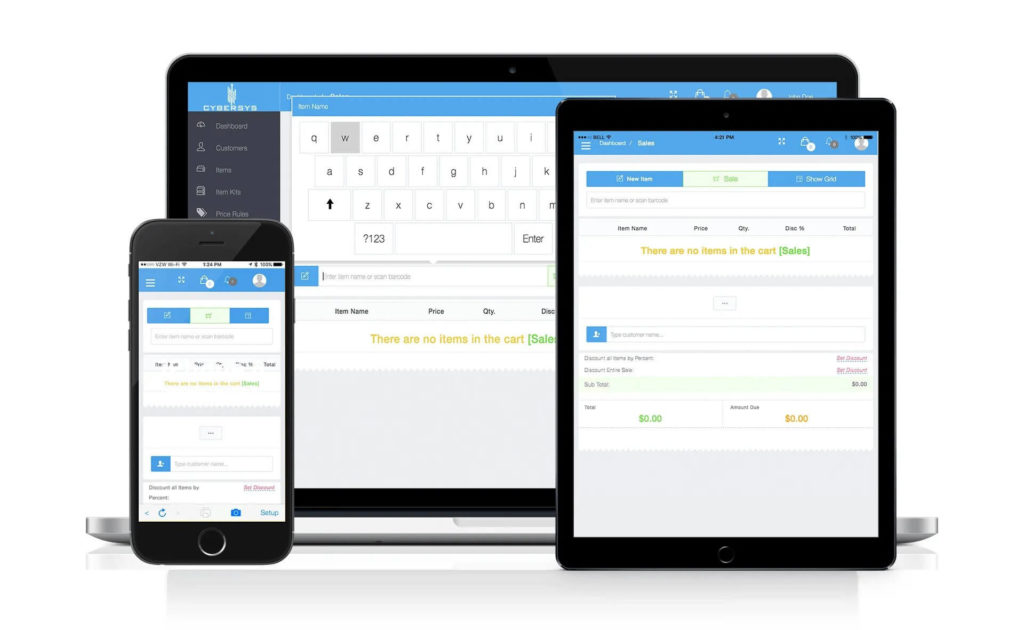
Small businesses across the spectrum are enjoying the benefits of Cybersys’ feature-packed POS system. If you are looking for a bulk purchasing solution, this is your system, equipped with all the software and hardware you need for retail, restaurants, bars, and more.
Miva Merchant
With over 20+ years on the market, this e-commerce solution has earned a lot of trust among the best. Its success propelled Miva Merchant to the top spot in G2 reviews. It offers the best prices, some customizable automation options, and sales assistance. Make a POS system such as Miva Merchant with this functionality.
How much does it cost to build a custom POS?
The cost of developing a custom POS system depends on these factors:
- Product features
- Product design
- Hourly rate of your development team
- Project size and complexity
- Technology stack
- Number of team members on the project
- Time frame
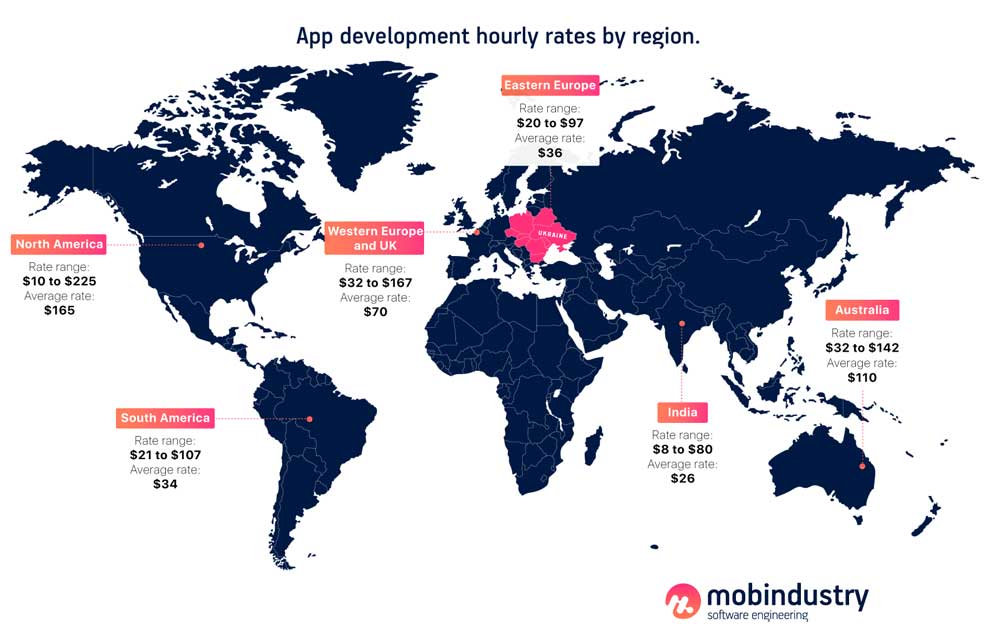
To give you an idea, designing a POS system with basic features usually costs between $40,000 and $5,000, however, to get a POS system with advanced features and mobile compatibility, it will certainly cost anywhere from 65,000 to 90,000 USD.
Building a POS system with a POS developer based in Eastern Europe is cost-effective and gives you access to top talent.
Final thoughts
Point of sale software is vital for modern retail, as it allows businesses to track their inventory, manage orders and effectively organize their interaction with customers. In this article, you learned how to build a POS system and how much it costs.
If you’d like to build your own POS system for your business or offer it to other retailers as a SaaS, don’t hesitate to contact us. We’ll be able to help you at every stage of POS development, from planning to maintenance and support.

